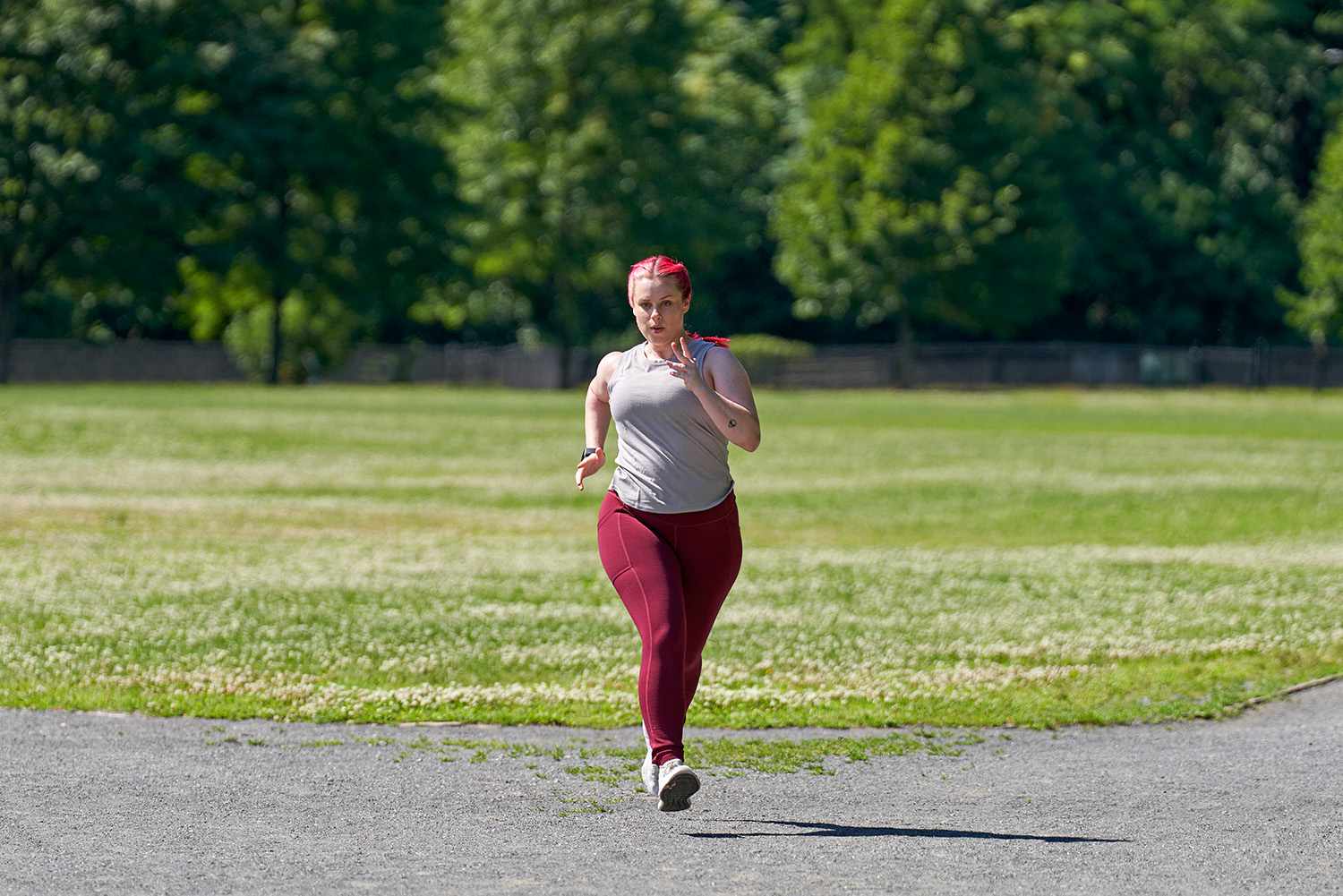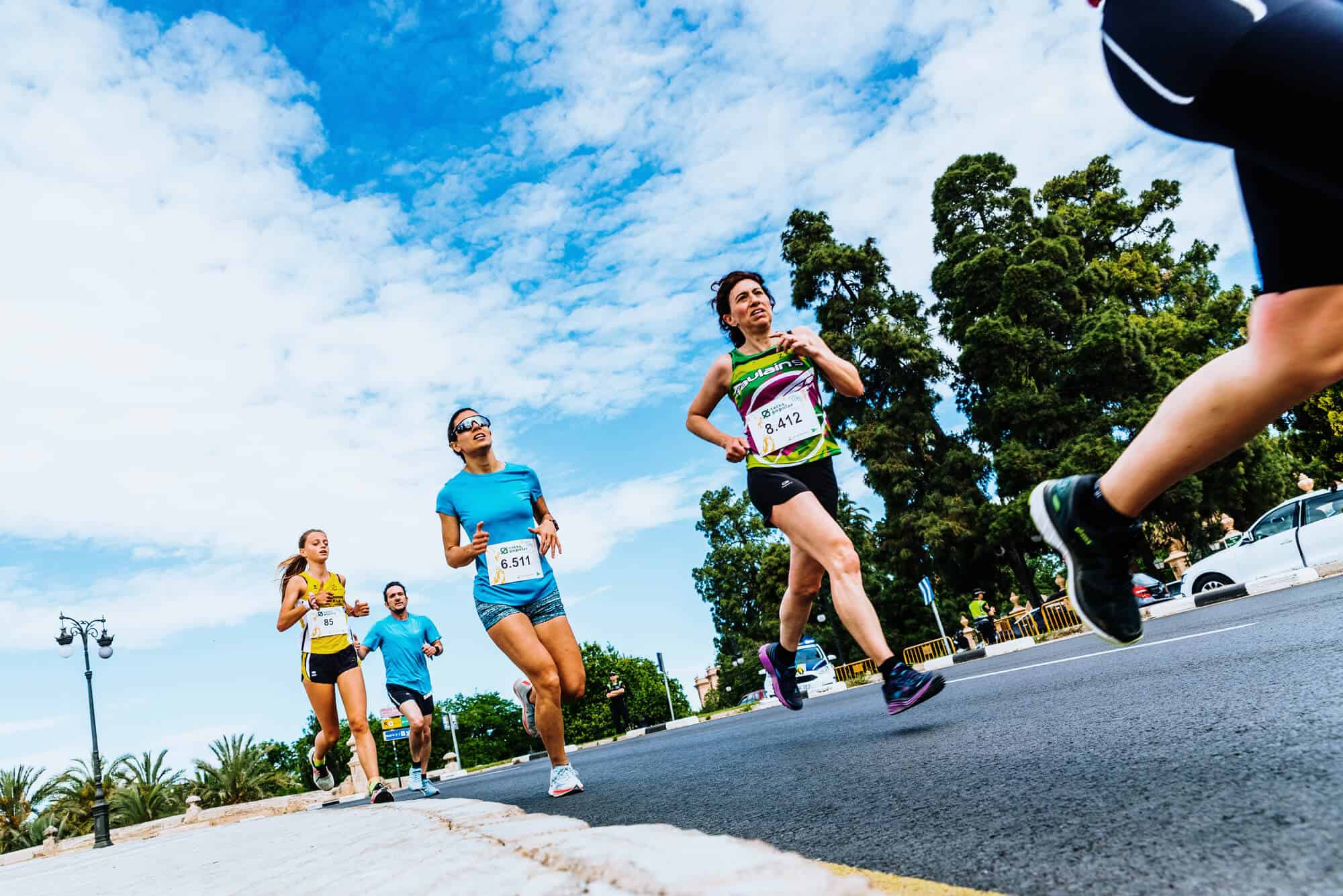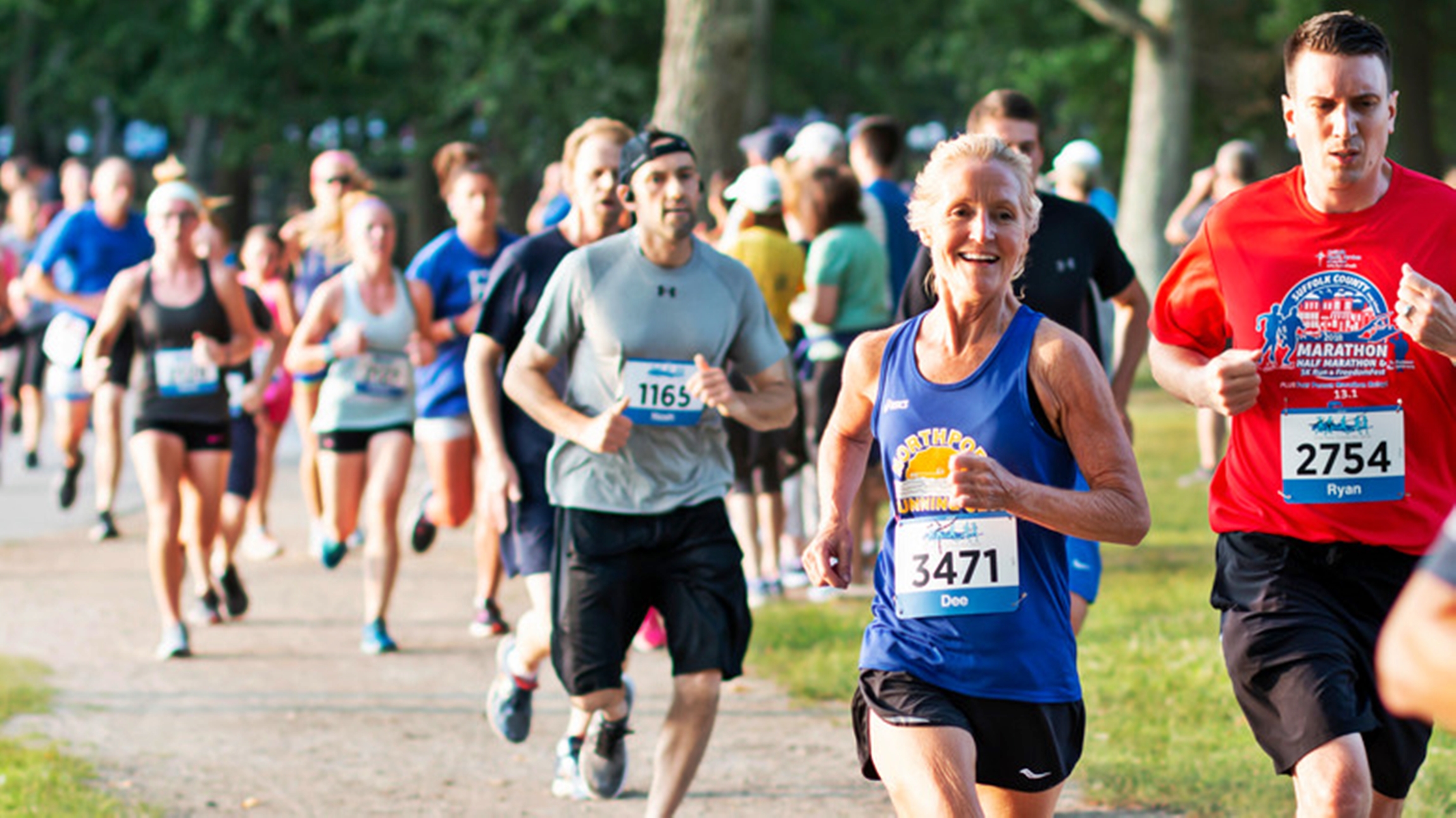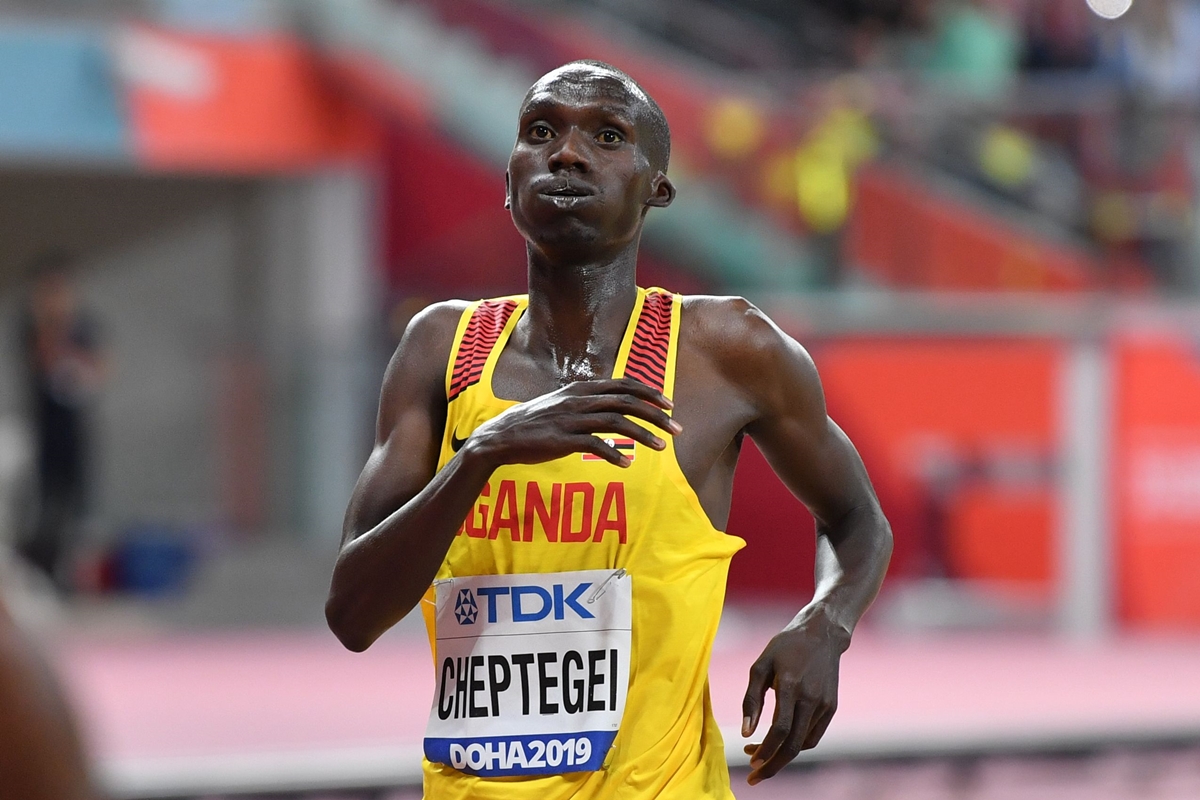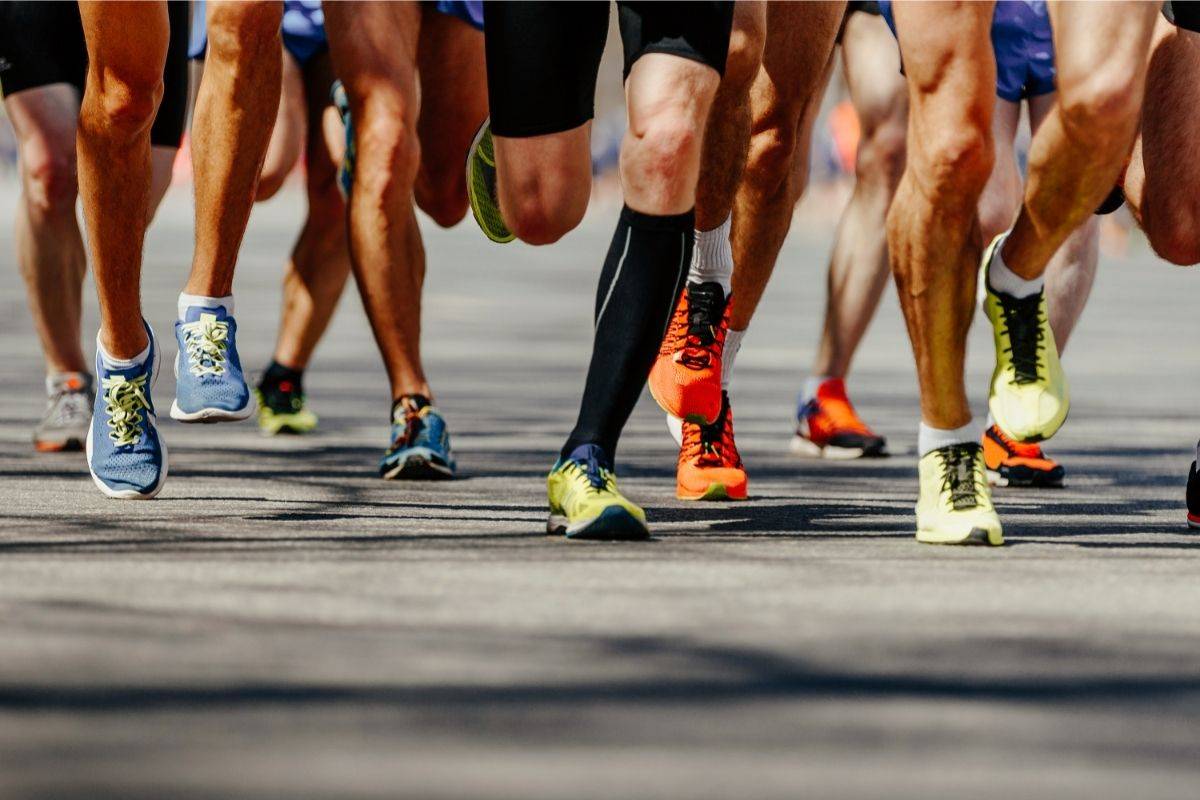

Featured
How Many Laps Is 5K Run
Modified: August 19, 2023
Discover how many laps you'll need to run a 5K in our featured article. Find out the distance and get ready to lace up your running shoes!
Introduction
Welcome to the exciting world of running! Whether you’re a seasoned runner or just starting out, you may have come across the term “5K run” at some point. But what exactly does it mean? And how many laps do you need to complete in a 5K run?
A 5K run, also known as a 5-kilometer run, is a popular distance in the running community. It is equal to approximately 3.1 miles. Many races, both competitive and recreational, are organized around this distance, making it a great goal for beginners and experienced runners alike.
Understanding the logistics of a 5K run involves knowing the distance and determining how many laps you need to complete in order to achieve this distance. In this article, we will dive into the details of 5K runs, explore the concept of laps, and provide you with the information you need to successfully complete a 5K run.
Before we proceed, it’s important to note that the number of laps required for a 5K run can vary depending on the race course and the facilities available. Some races take place on a track, which is a designated oval-shaped path with a known distance per lap. Others may be held on a course that loops around a park or city streets, with each lap covering a specific distance.
Now that we have a basic understanding of what a 5K run entails, let’s delve deeper into the world of laps and explore how they contribute to the overall distance of a 5K run.
Understanding 5K Runs
5K runs, as mentioned earlier, are races that cover a distance of approximately 3.1 miles. They are popular among both professional and amateur runners due to their manageable length and widespread availability. The term “5K” comes from the use of the metric system, with “K” representing the kilometer unit of measurement.
These runs are a great entry point for individuals looking to participate in races or improve their fitness levels. They offer a challenging yet achievable goal for beginners, while also providing a platform for experienced runners to showcase their skills.
The popularity of 5K runs has led to the organization of numerous events worldwide, including charity runs, fun runs, and competitive races. Many of these events are designed to promote a sense of community and camaraderie among participants, making them a fun and social experience.
One of the key aspects of understanding 5K runs is recognizing the various formats in which they are conducted. While some races follow a traditional road race format, others are held in a cross-country setting or on an indoor track. Each format presents its own unique challenges and offers a different ambiance for participants.
Furthermore, 5K runs are often categorized into different divisions based on age, gender, or skill level. This allows runners to compete against others in their respective categories, fostering a spirit of healthy competition and encouraging improvement.
In addition to the competitive aspect, 5K runs also serve as a means of personal accomplishment and self-improvement. For many individuals, completing a 5K run is a significant milestone that signifies dedication, discipline, and progress in their fitness journey.
Whether you’re looking to participate in your first 5K run or aiming to achieve a personal best, having a thorough understanding of the concept behind 5K runs will greatly enhance your experience and allow you to set realistic goals. Next, we will explore the crucial role that laps play in determining the distance of a 5K run.
Determining the Length of a Lap
When it comes to completing a 5K run, understanding the length of a lap is essential. A lap refers to one complete loop or circuit that you need to run in order to cover a specific distance. The length of a lap can vary depending on the race course or running track you’re using.
If you’re running on a track, such as an outdoor athletic track or an indoor track at a gym, the standard length of a lap is 400 meters. This means that you would need to complete 12.5 laps on a 400-meter track to complete a 5K run. The advantage of running on a track is that the distance per lap is consistent and clearly marked, making it easier to keep track of your progress.
On the other hand, if you’re participating in a 5K run that takes place on a road, park, or city streets, determining the length of a lap requires a different approach. In these cases, organizers typically measure the course using GPS technology or other precise methods to ensure the accuracy of the distance.
It’s important to note that the length of each lap in a non-track 5K run might not be an exact measurement like 400 meters. Instead, it could vary slightly to accommodate the available space or to ensure a smooth and manageable route for runners. Race organizers often strive to design a course that is as close to the 5K distance as possible, even if it means adjusting the length of each lap slightly.
For example, a non-track 5K run course might be designed with laps that are approximately 1 mile each. In this case, you would need to complete 3 laps to cover the full 5K distance. Alternatively, the course could be structured with laps that are a specific fraction of the 5K distance, such as 1/3 or 1/4 of the total distance.
Regardless of the specific length of each lap, it’s essential to become familiar with the course map and any markings provided by the race organizers. This will help you navigate the route and keep track of your progress as you complete each lap.
In the next section, we will delve into the calculation to determine the number of laps required to complete a 5K run.
Calculation: How Many Laps in a 5K Run?
Calculating the number of laps required to complete a 5K run depends on the length of each lap. As mentioned earlier, the length of a lap can vary depending on whether you are running on a track or a non-track course.
If you’re running on a 400-meter track, the calculation is straightforward. Since a 5K run is equivalent to 5 kilometers or 3.1 miles, and one lap on a 400-meter track is 0.4 kilometers, you would need to complete 12.5 laps to cover the full 5K distance.
On the other hand, if you’re running on a non-track course, you will need to refer to the specific course details provided by the race organizers. They will typically indicate the length of each lap or provide a course map with clear markings.
Let’s consider an example where the non-track 5K run course is designed with laps that are approximately 1 mile each. In this case, you would need to complete 3 laps to cover the full 5K distance. Similarly, if the laps are a fraction of the 5K distance, such as 1/3 or 1/4, you would need to complete the corresponding number of laps to reach the 5K mark.
It’s important to note that while the number of laps represents a tangible goal, focusing solely on the lap count can sometimes be overwhelming or confusing. It’s more helpful to establish a pacing strategy and monitor your overall progress throughout the run. This will allow you to maintain a steady and consistent pace, regardless of the number of laps involved.
In addition, it’s always a good idea to practice on the race course prior to the event if possible. This will enable you to familiarize yourself with the route, understand any challenges it may present, and get a sense of how the laps will play out during the actual race.
In the following section, we will discuss some factors that can affect the length of each lap in a 5K run.
Factors Affecting Lap Length
While the length of each lap in a 5K run is generally determined by the race organizers, there are several factors that can influence the overall distance of a lap. These factors can vary depending on the race course, logistical considerations, and the preferences of the organizers. Here are some of the key factors that can affect lap length:
- Course Design: The layout and design of the race course play a significant role in determining the length of each lap. Organizers often strive to create a course that is as close to the 5K distance as possible while taking into account the available space, terrain, and logistical considerations. This may require adjustments to the lap length to ensure a safe and enjoyable running experience.
- Terrain: The terrain of the race course can impact the length of each lap. Courses that have hilly or uneven terrain may require adjustments to the lap length to ensure that the overall distance remains consistent. For example, a lap on a hilly course may be slightly shorter than a lap on a flat course to account for the additional challenge posed by the elevation changes.
- Measurement Accuracy: Accurately measuring the distance of a lap is crucial for ensuring the fairness and integrity of a 5K run. Race organizers use various methods, such as GPS technology or wheel measurements, to measure the course accurately. However, there may be slight variations in the lap length due to factors like GPS accuracy or deviations in wheel measurements.
- Logistical Considerations: In some cases, the lap length may be influenced by logistical considerations such as the availability of facilities, road closures, or safety concerns. Organizers may need to make adjustments to the lap length to accommodate these factors while still ensuring that the overall distance remains close to the 5K mark.
- Official Standards: Certain organizations, such as the International Association of Athletics Federations (IAAF), have established standards and guidelines for race distances. These standards may influence the lap length by specifying certain distances, such as 400-meter laps on tracks, to ensure consistency and comparability of results across different races.
It’s important to keep in mind that while these factors can impact the length of each lap, race organizers strive to create courses that are fair and appropriately measured. They work diligently to ensure that the lap length is accurately calculated and provides runners with a challenging yet achievable race experience.
Now that we’ve explored the factors that can affect lap length, let’s take a look at alternative approaches to running a 5K without laps.
Alternatives to Laps in a 5K Run
While running laps is a common approach to complete a 5K run, there are alternative methods that you can explore to add variety and challenge to your running experience. Here are a few alternatives to consider:
- Point-to-Point Courses: Instead of running laps, you can participate in a 5K run that follows a point-to-point course. This means that the starting and finishing points are different, and you will run from one point to the other, covering the 5K distance in a single route. Point-to-point courses can provide a different experience as you navigate the entire course without repeating any sections.
- Looped Courses: Rather than completing the same lap multiple times, some races offer looped courses where each loop covers a significant portion of the 5K distance. For example, you might need to complete two or three loops to reach the full 5K distance. Loop courses can provide a change of scenery and different challenges as you progress through each loop.
- Variety of Distances: Some races organize “fun runs” or “obstacle course runs” that incorporate various distances and challenges within their event. These may include sections where you run shorter or longer distances, encounter obstacles, or participate in other activities. Participating in these unique events can add excitement and unpredictability to your 5K run.
- Virtual 5K Runs: Virtual 5K runs have gained popularity in recent years, allowing participants to complete the run at their own pace and location. Virtual runs provide the flexibility of choosing your own route, whether it’s a scenic trail, a favorite park, or even a treadmill at home. This eliminates the need for laps and allows you to customize your run according to your preferences.
Exploring these alternatives can bring a fresh perspective to your 5K running experience, making it more enjoyable and challenging. Each option offers its own unique features and can help you stay motivated and engaged in your fitness journey.
Whether you choose to run laps, a point-to-point course, or any other alternative, the key is to find the approach that works best for you and aligns with your personal goals and preferences.
Now that we’ve explored alternative approaches to running a 5K, let’s recap the main points we’ve covered in this article.
Conclusion
In conclusion, a 5K run is a popular distance in the running community, covering approximately 3.1 miles. Understanding the logistics of a 5K run involves knowing the distance and determining how many laps are required to complete it. The number of laps can vary depending on whether you’re running on a track or a non-track course.
We discussed the importance of knowing the length of a lap, which can be 400 meters on a track or a specified distance on a non-track course. Calculating the number of laps required to complete a 5K run depends on the lap length, and race organizers strive to create courses that are as close to the 5K distance as possible.
Factors such as course design, terrain, measurement accuracy, logistical considerations, and official standards can influence the length of each lap. However, race organizers work diligently to ensure fairness and accurately measure the course.
We also explored alternatives to running laps in a 5K run, including point-to-point courses, looped courses, participating in varied distance or obstacle course runs, and virtual 5K runs. These alternatives provide an opportunity for variety and challenge in your running experience.
Ultimately, whether you choose to run laps, try an alternative approach, or participate in a virtual run, the goal of completing a 5K run remains achievable and enjoyable. Running a 5K offers personal accomplishment, fitness benefits, and the chance to be part of a vibrant running community.
So lace up your running shoes, set your sights on that 5K goal, and embrace the joy of running!
